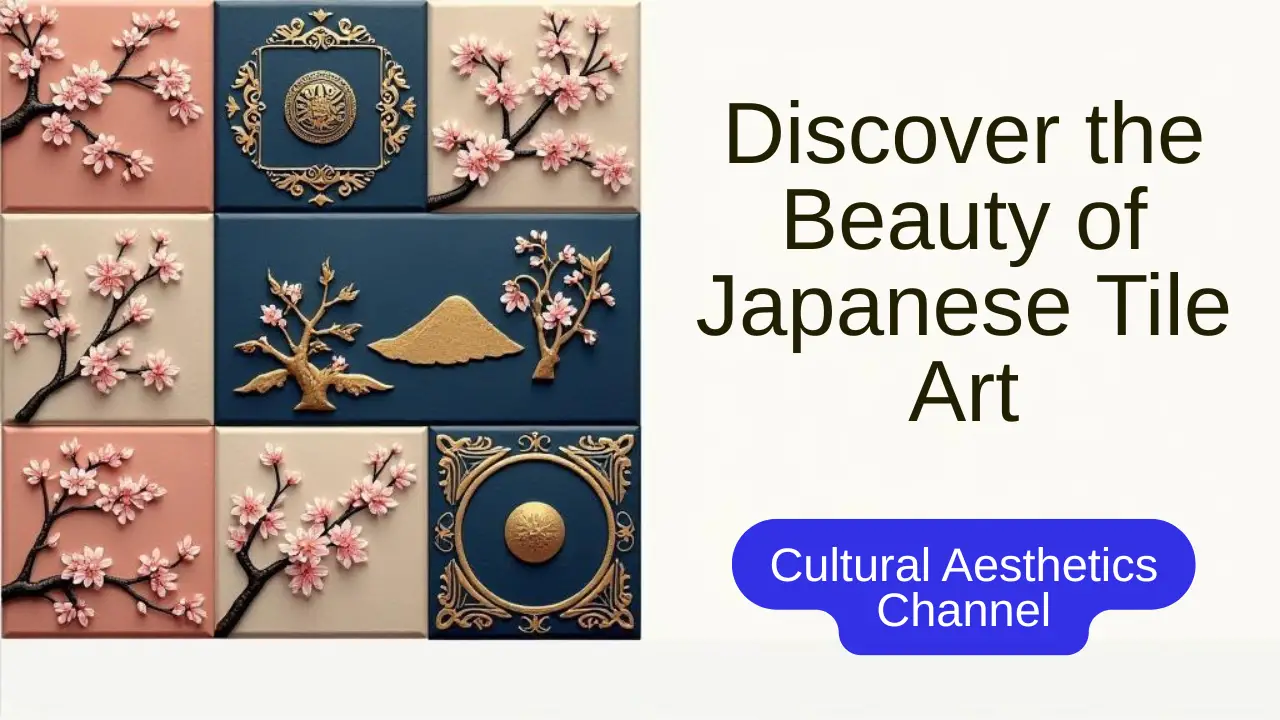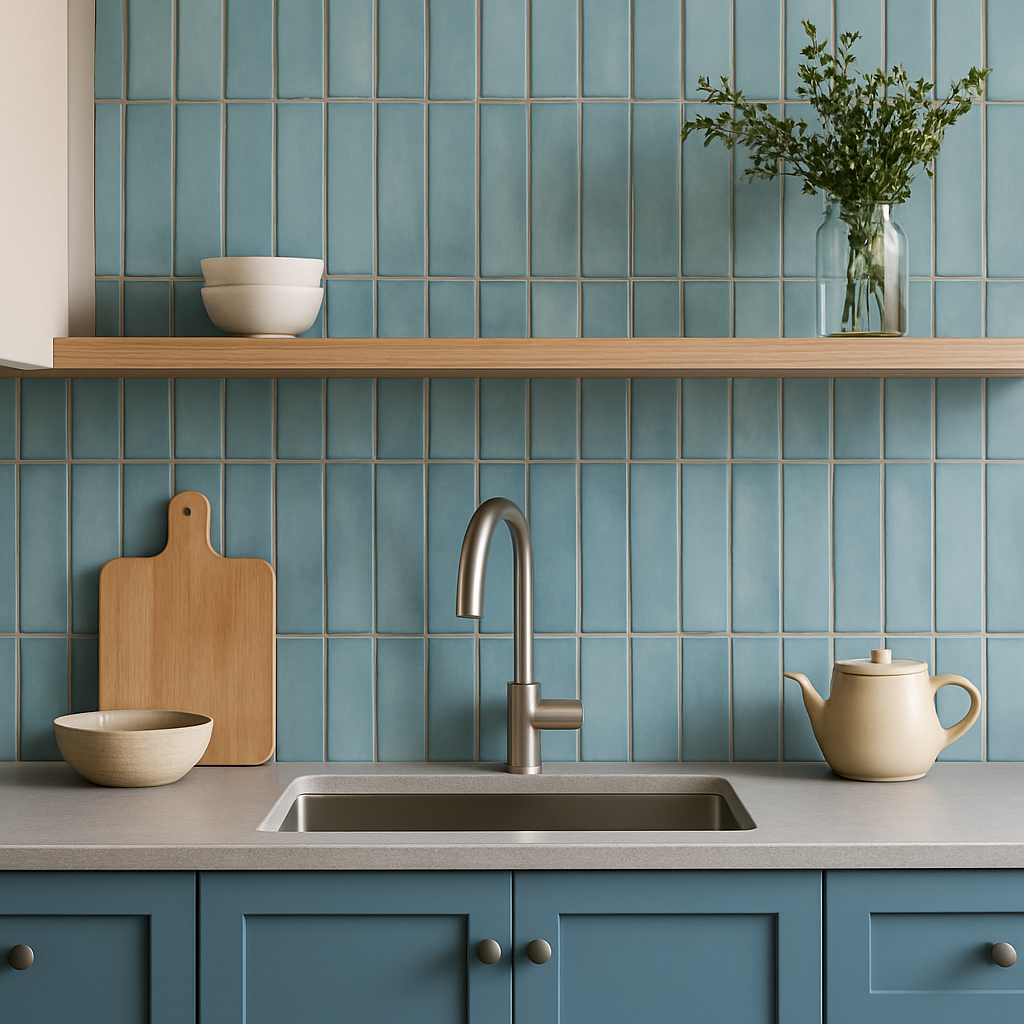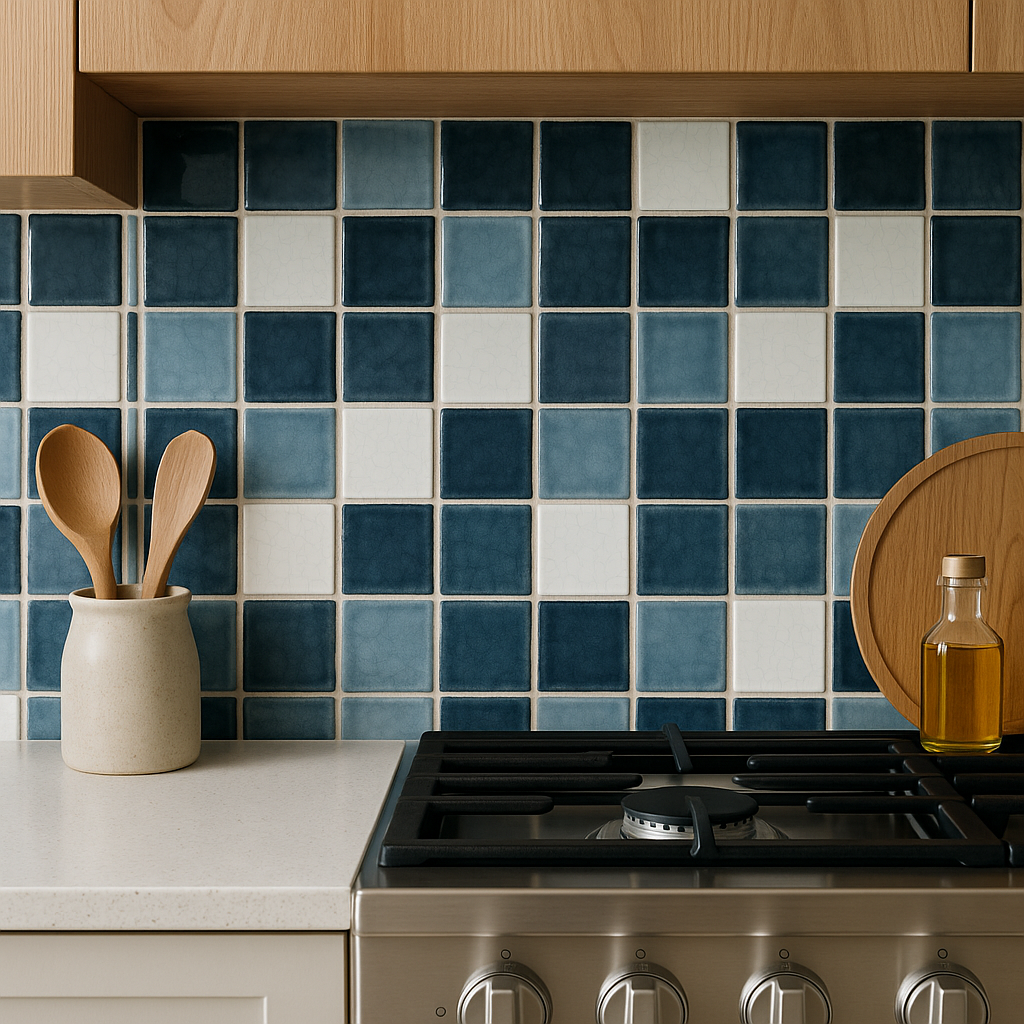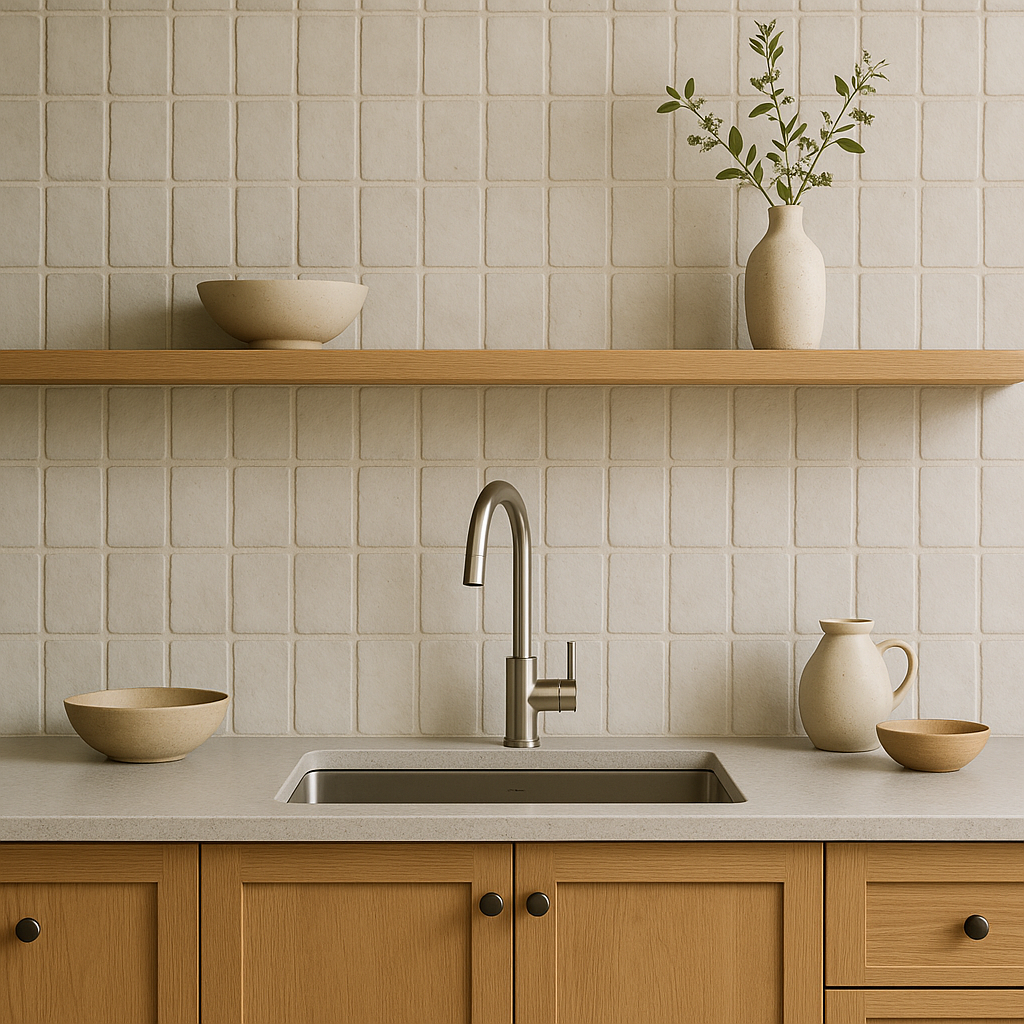By using our website, you agree to the use of cookies as described in our Cookie Policy
The Boss’s Daughter
Japanese Tile: Harmony and Tradition

Japanese Tile: Harmony and Tradition
Japanese design is admired around the world for its serenity, precision, and timelessness. Whether it’s the art of tea ceremonies, carefully raked Zen gardens, or the clean lines of architecture, Japanese aesthetics always reflect a deep respect for nature and balance. Tile is no exception.
Japanese tile blends centuries of tradition with modern innovation, offering styles that are both practical and profoundly beautiful. From rustic roof tiles that crown ancient temples to sleek porcelain used in contemporary bathrooms, Japanese tile has always been about harmony—between people, nature, and space.
For Bay Area homeowners looking to infuse their remodels with calmness, authenticity, and artistry, Japanese tile is an inspiring choice.

A Brief History of Japanese Tile
Tile has been part of Japanese culture for over 1,400 years. When Buddhism spread to Japan from China and Korea in the 6th century, so did architectural traditions—including ceramic roof tiles. Many of these ancient roof tiles, called kawara, are still intact today, a testament to their durability.
As Japanese design evolved, so did tile use:
-
Traditional roof kawara: Heavy, curved tiles designed to withstand Japan’s wet climate.
-
Clay and ceramic wall tiles: Used in tea houses and bathhouses.
-
Modern porcelain and glass tiles: Sleek, minimalist surfaces for kitchens and bathrooms.
Japanese tiles embody wabi-sabi—the appreciation of imperfection and natural beauty—making them distinct from other global tile traditions.
Explore another cultural influence in our Scandinavian Minimalist Tile post.
Characteristics of Japanese Tile
Japanese tiles stand out for their combination of simplicity and craftsmanship:
-
Natural Colors: Earthy browns, muted greens, deep indigos, and off-whites.
-
Organic Textures: Surfaces that feel handmade, even when machine-finished.
-
Balance of Old and New: Traditional kawara tiles still top temples, while ultra-modern porcelain tiles line minimalist homes.
-
Eco-Friendly Production: Many Japanese tile makers emphasize sustainable methods.
-
Attention to Detail: Patterns are often subtle but exacting—never overwhelming.
Popular Types of Japanese Tile
-
Kawara (Roof Tiles)
These iconic gray roof tiles are more than functional—they symbolize protection and tradition. While not common in U.S. remodels, they inspire interior design elements. -
Handmade Ceramic Wall Tiles
Rustic, imperfect, and glazed in muted tones, these tiles add warmth and authenticity to kitchens and baths. -
Porcelain Floor and Wall Tiles
Japan is known for producing extremely durable, sleek porcelain tile, perfect for modern bathrooms. -
Mosaic Tiles
Tiny ceramic or glass mosaics are often used in bathhouses and can add delicate detail to modern projects. -
Tatami-Inspired Tile
Some manufacturers now make large-format tiles designed to mimic the grid and texture of tatami mats.
Where Japanese Tile Works Best
-
Bathrooms: Porcelain wall tiles in deep indigo or soft gray create a spa-like atmosphere. (For remodeling steps, see our Complete Bathroom Remodel Guide for Bay Area Homes.)
-
Kitchens: A backsplash of handmade ceramic tiles brings artisanal character, especially when paired with KraftMaid cabinetry.
-
Entryways: Durable tile floors inspired by Japanese genkan (entry halls) provide both practicality and elegance.
-
Outdoor Spaces: Garden paths and water features benefit from rustic Japanese tile styles.
-
Accent Walls: Subtle textured tiles make stunning feature walls in minimalist living rooms.
Pros and Cons of Japanese Tile
Pros:
-
Deep cultural heritage and timeless appeal.
-
Durable, especially Japanese porcelain.
-
Natural beauty that fits both modern and traditional homes.
-
Wide range—from rustic to ultra-modern.
Cons:
-
Authentic Japanese tiles can be expensive.
-
Handmade tiles may have longer lead times.
-
Limited color range compared to Mexican or Mediterranean tiles.
Design Tips for Using Japanese Tile
-
Prioritize Simplicity
Japanese design is never about excess. Choose one focal point—like a textured backsplash or serene bathroom wall. -
Use Natural Pairings
Combine tile with wood, stone, and neutral fabrics. -
Embrace Imperfection
Wabi-sabi celebrates irregularity. A backsplash of handmade tiles with uneven edges adds authenticity. -
Soften with Light
Pair tile with warm, diffused lighting for a cozy glow.
Want more balance ideas? See Understanding Kitchen Zones.
Caring for Japanese Tile
Most Japanese tiles are ceramic or porcelain, meaning care is straightforward:
-
Clean with mild soap and water.
-
Seal grout lines (consider epoxy grout) for durability.
-
Avoid harsh chemicals on handmade glazes.
Japanese Tile in Bay Area Homes
The Bay Area’s connection to Japanese culture runs deep, from Japanese Friendship Gardens in San Jose to authentic tea houses in San Francisco. It’s no surprise homeowners here are embracing Japanese tile to bring calm, minimalist vibes into their remodels.
In Rossmoor, we’ve seen residents opt for soft gray porcelain bathroom tiles and hand-glazed kitchen backsplashes, often paired with natural wood tones. The result? Spaces that feel serene, balanced, and timeless.
Looking for other international inspiration? Check out Italian Cabinets: The Art of Timeless Craftsmanship.
Where to Source Japanese Tile
For authentic and inspired options, explore:
-
Inax Tiles – A leading Japanese manufacturer blending tradition and modernity.
-
Bedrosians – Carries Japanese-inspired porcelain in the Bay Area.
-
Heath Ceramics – Local California maker influenced by Japanese design.
Final Thoughts
Japanese tile is about more than surfaces—it’s about philosophy. By embracing harmony, balance, and simplicity, these tiles create spaces that feel deeply peaceful.
Whether you’re drawn to handmade ceramic for a rustic backsplash, sleek porcelain for a modern bathroom, or subtle mosaics for a spa-like retreat, Japanese tile offers a timeless way to infuse calm and character into your home.
Ready for more tile inspiration? Don’t miss our Scandinavian Minimalist Tile post in this series.

‹ Back



Comments